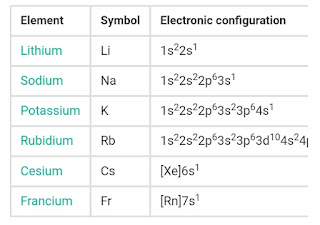Millikan's Oil-drop Experiment
Millikan's Oil-drop Experiment In 1909, Robert Millikan was the first to find the charge of an electron his now-famous oil-drop experiment. In that experiment, tiny oil drops were sprayed into a uniform electric field between a horizontal pair of oppositely charged plates. The drops were observed with a magnifying eyepiece, and the electric field was adjusted so that the upward force on some negatively charged oil drops was just sufficient to balance the downward force of gravity. That is, when suspended, upward force qe just equaled Mg. Millikan accurately measured the charges on many oil drops and found the values to be whole number multiples of 1.6 x 10-19 C the charge of the electron. For this, he won the Nobel prize.




